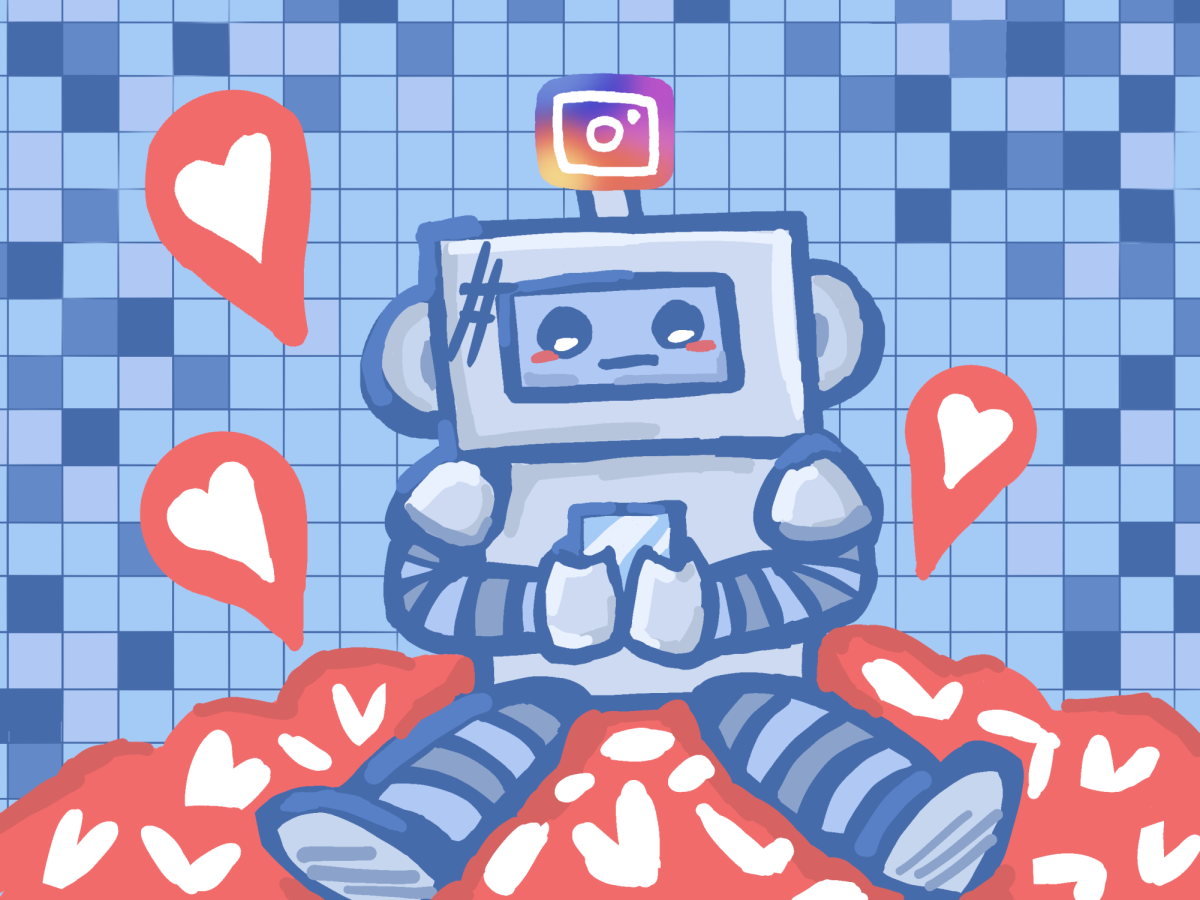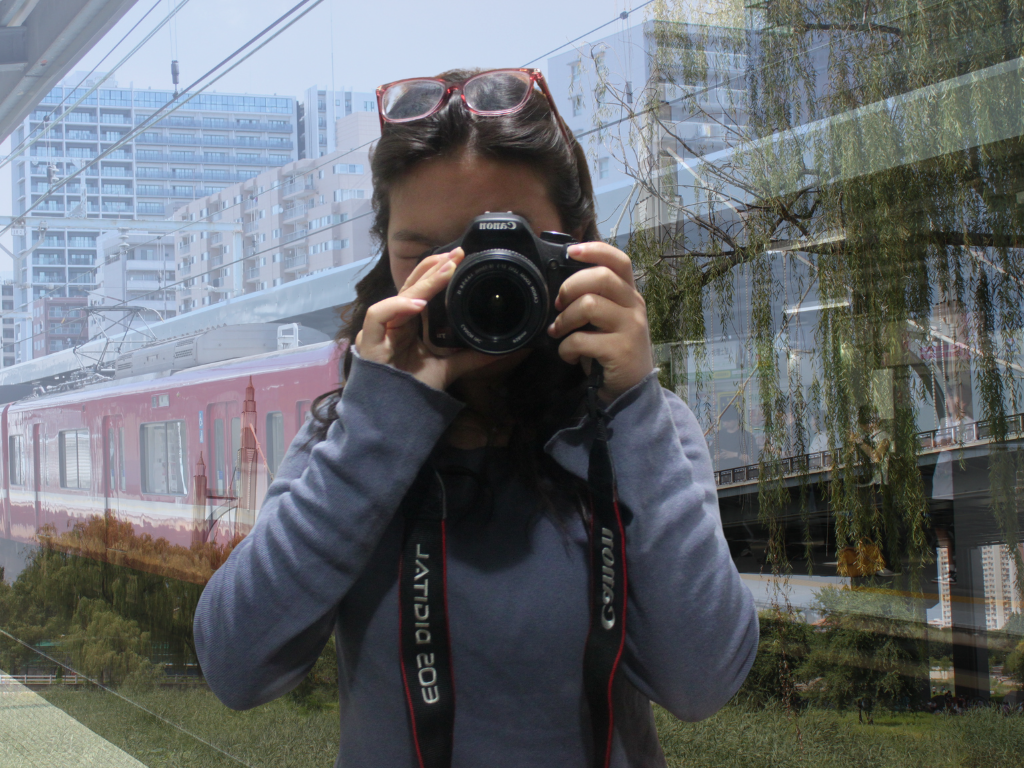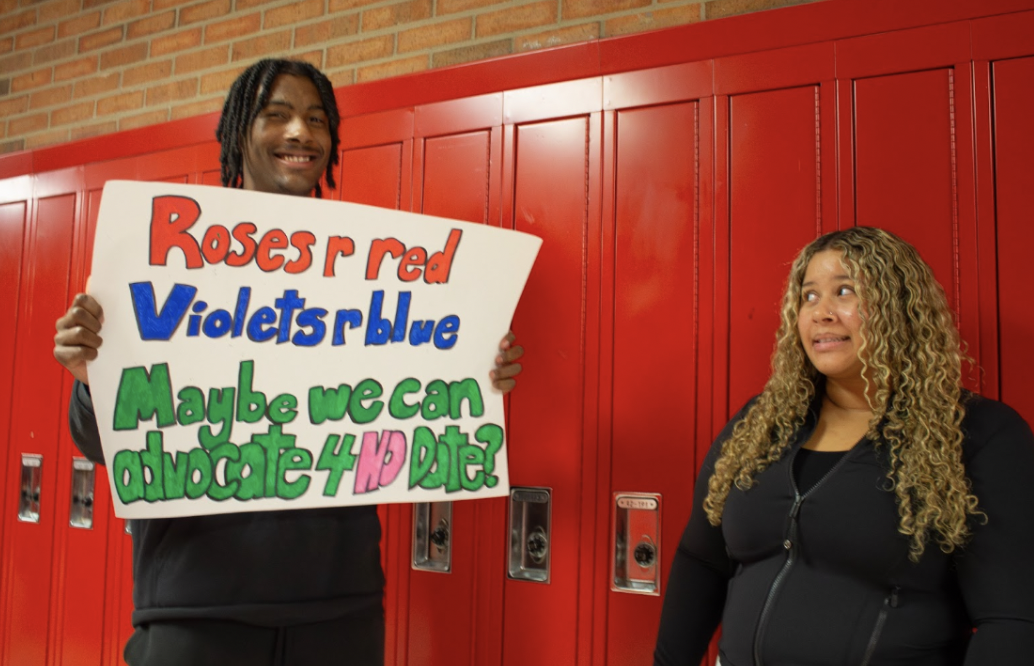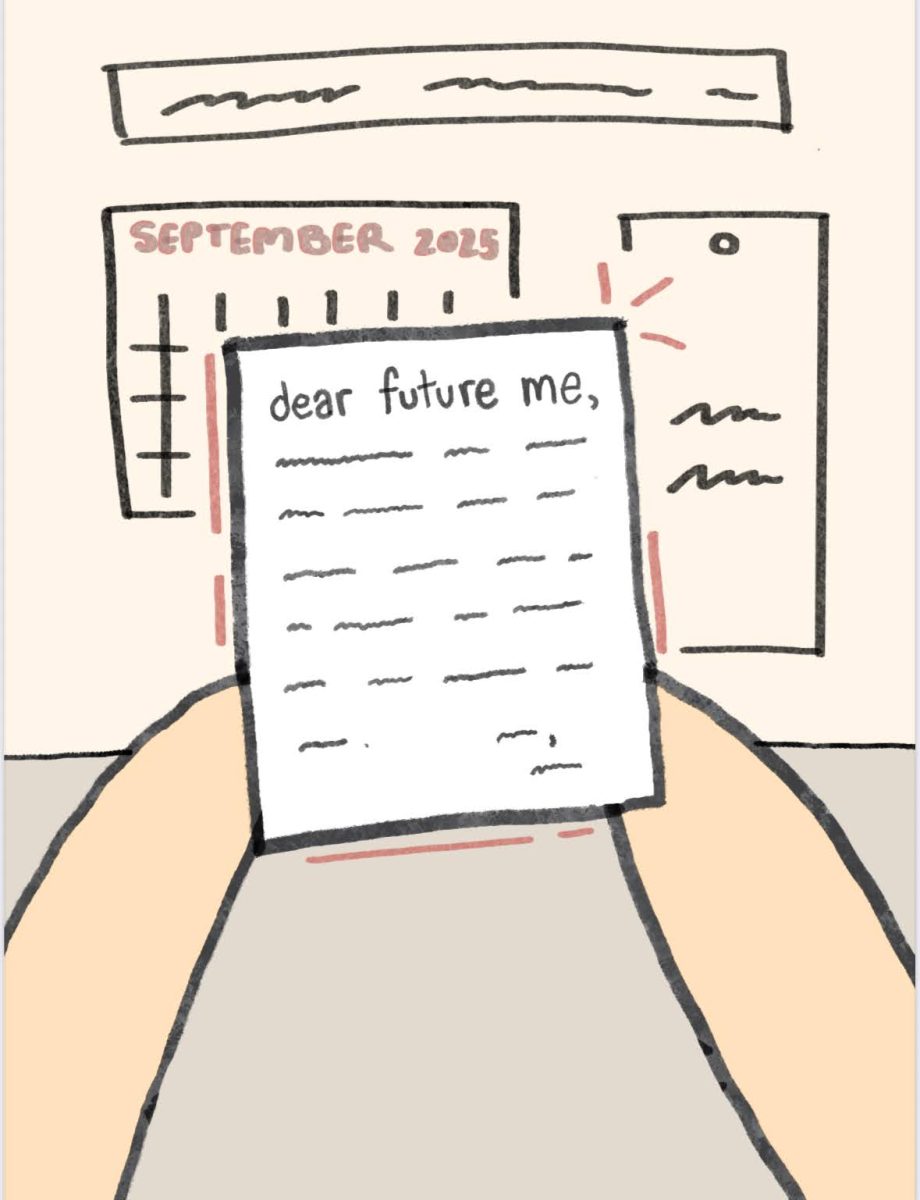Social media, without doubt, is one of the most prominent aspects of teenage life and culture in our modern society. It influences the way that younger generations think, speak, and act. It also consists of platforms in which any type of media and content is accessible to audiences of all ages and backgrounds.
With Artificial Intelligence (AI) on the rise, its appearance in social media really isn’t much of a surprise. Whether it is the squishy, baby-like fruits munching on orange slices or the inspiring story of the struggling orphaned cat, AI-generated videos have been appearing more and more frequently on “For You” pages.
The job of the algorithm is to promote videos of interest, which in turn maximizes user engagement on the specific platform. This means that any interaction, whether it is liking and sending to a friend, or watching it more than once, leads to more of the same type of video being shown on your feed.
But what does that mean for the creator of said video? Well, more views equal a broader audience, meaning reduced costs of video production, which leads to more production and, in turn, more views, effectively creating a cycle of profit.
By now, everyone is familiar with the downsides of AI. Broadly speaking, this includes privacy and security risks, plagiarism, environmental concerns, and social and emotional impacts. However, even with all these negative aspects of AI in mind, I found it hard for myself to completely get rid of any type of engagement with these videos, often stalling on the video just enough for the algorithm to show five more similar videos on my feed.
I have to admit, though, that I do enjoy scrutinizing whether I prefer toilet paper made of sand or toilet paper made of glass. Despite entertaining, AI-generated videos are still undeniably created through the usage of plagiarized content, oftentimes resembling and replicating the content of other creators without proper credit or identification. And really, the content of AI lacks the authenticity and quality of human-created content, instead being repetitive and out of the same “mold.”
Though the rapid advancement of AI and its notability in our social media and daily lives is undeniable, it is crucial to identify and acknowledge the harmful ways in which AI-generated content is sourced and created from. Some things that we can do as the audience to get rid of AI-generated content on our feeds include choosing to click the “dislike,” “not interested,” or “hide” buttons on a video consisting of AI-generated content.










